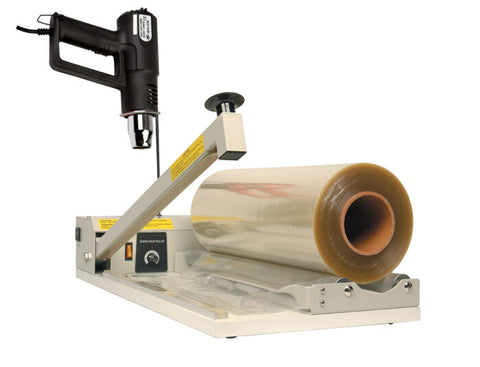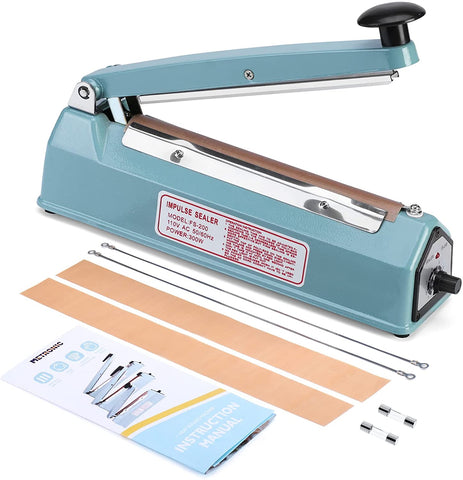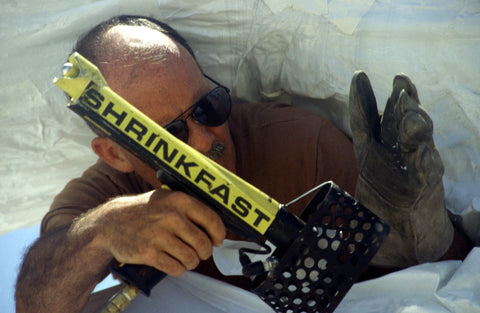What are the tools I need to shrink wrap my products?
Posted by Rodrigo Barrientos on
Bringing your product to your customer should be a pleasurable experience. From the look to the feel to the longevity of your products, how well are your products compared with similar products in the market? Shrinkwrapping is a simple technique that requires only two things: the correct shrink film and heat. With simply a roll of shrink film and a heat source, you can waterproof, weatherproof, and tamperproof just about anything, regardless of its size.
You'll also be able to give your customers a boost of confidence and stand out with the protective shine of shrink wrap when used correctly!
Many organizations use shrink film to package their products because of its flexibility, durability, and other useful benefits. This article will teach you all you need to know about shrink film, including what it is, what it's typically used for, what sorts are available, how each type benefits different items, how much shrink film costs, and whether it's right for your business.
Shrinkwrap, also referred to as shrink film or shrink wrap, is a versatile polymer material used for the packaging of finished goods. Heat is applied to the film – by either a conveyor heat tunnel or an electric or gas heat gun – which catalyzes the film to shrink tightly around the
item placed within. This process results in a clear, durable barrier of protection around the product. So, how exactly does this happen? The science of shrink wrap can be explained in terms of molecular behavior. The molecules of a shrink film sheet or tube are randomly intertwined, meaning they are coiled and twisted with no particular alignment.
When the film is warmed, the structureless regions of the chains are straightened and aligned to the direction of orientation. More simply, the molecules reorient from their initial random pattern to ultimately fit the mold of its contents. When cooled properly, the film’s molecular characteristics are set, so it remains in this stretched state until sufficient heat energy is applied for the molecule chains to shrink back to their original form.
Three things you need to start Shrink Wrapping
Shrink Film

Shrink film comes from four types of plastics: Polyolefin, PVC, Polyethylene, and Polypropylene. Each type of material offers different characteristics, advantages, and disadvantages. Polypropylene shrink wrap is the least common; the other three types of films are used in multiple industries worldwide.
Once the type of shrink wrap is determined, users should consider the form of shrink film they will use. Shrink film can come in tubing, bags, centerfold rolls, and single wound (flat) rolls.
Heat Sealer

The cost of a sealer is directly related to the seal width and the desired levels of production. A small four-inch hand sealer is much less expensive than a large 24"x32" L-Bar sealer, but efficiency is much less.
Heating Source

The heating element applies heat to the shrink film after the open ends are sealed. The film shrinks, conforming to the products. The two primary forms of heating elements are heat guns and shrink tunnels. A heat gun is a fraction of the cost compared to a heat tunnel but has many disadvantages compared to a shrink tunnel.
Share this post
- Tags: Shrink Wrap

